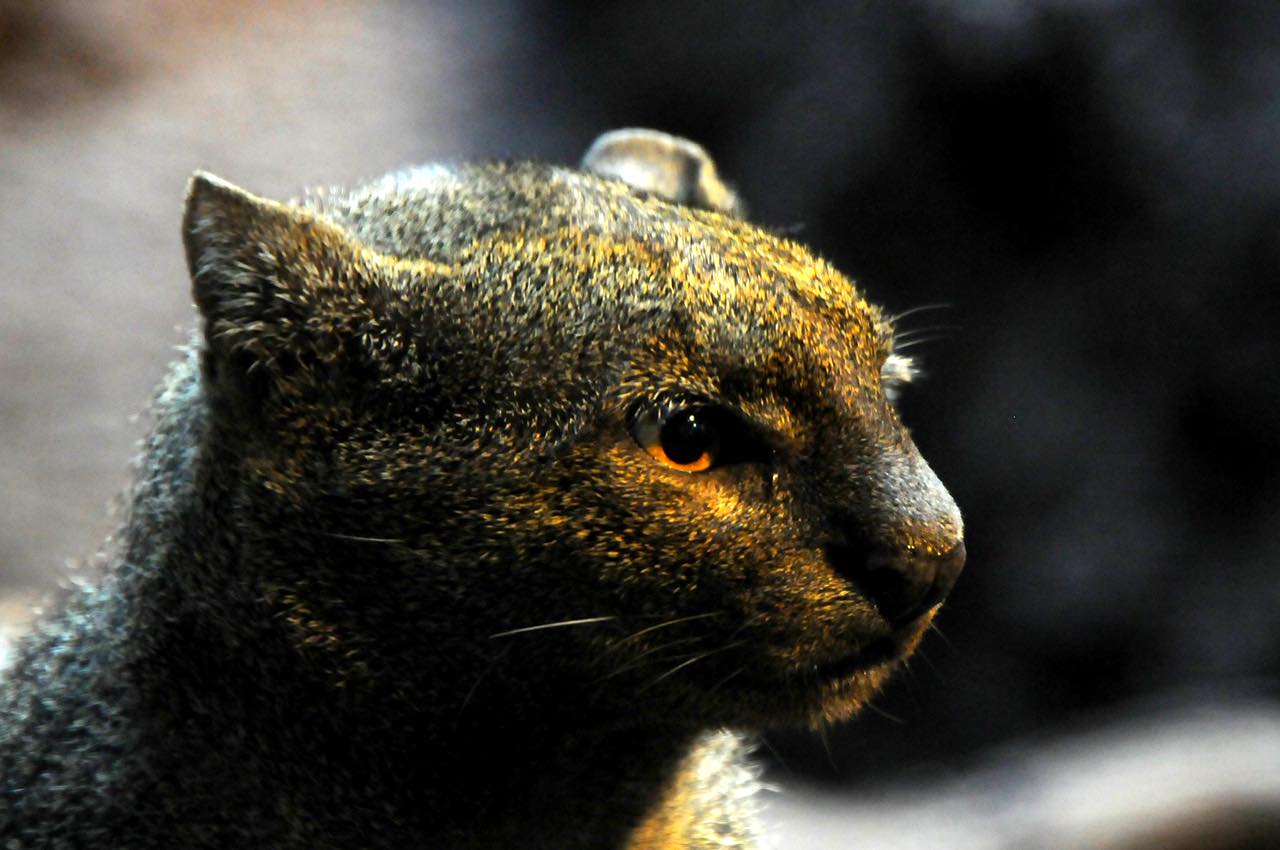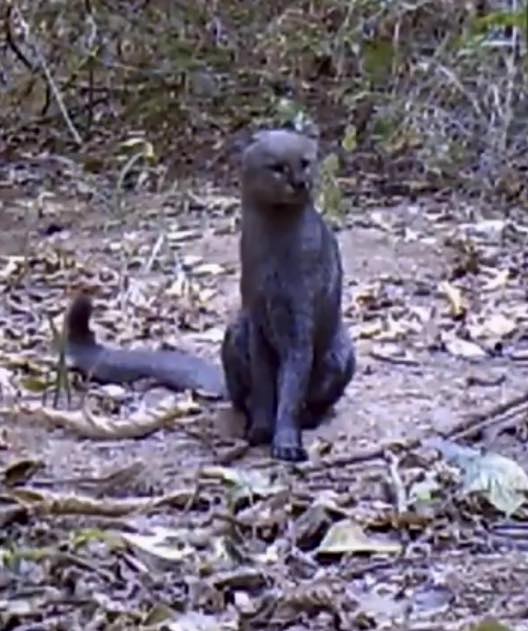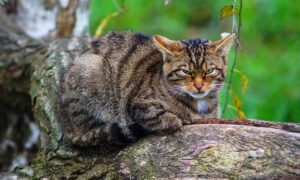The Jaguarundi, also known as “otter cat” or “tigrillo,” is a fascinating wild cat species that roams the dense forests and grasslands of the Americas. Despite its mysterious and elusive nature, we’ve gathered some insightful facts to shed light on this captivating creature.

1. Understanding the Rarity
The Jaguarundi (Puma yagouaroundi) is considered relatively rare in the wild. Their elusive behaviour and preference for remote habitats make spotting them a challenging task for researchers and enthusiasts alike. Their diminishing numbers can be attributed to habitat loss and fragmentation.
2. Translation of “Jaguarundi”
In English, the term “Jaguarundi” is a direct adaptation from its original Guaraní name, “yaguarundi.” The name perfectly encapsulates the feline’s distinctive traits, bearing a resemblance to both jaguars and pumas.
3. Cat vs. Jaguarundi: Spotting the Differences
Jaguarundis share the feline family with domestic cats, but several differences set them apart. Unlike most cats, they have a long, slender body, short legs, and a uniform fur colour. Their heads are more rounded, resembling that of an otter, and they lack distinct markings like spots or stripes.
4. Habitat and Range
These enigmatic creatures prefer a range of habitats, including tropical forests, swamps, grasslands, and even scrublands. Their extensive range spans from southern United States through Central America to South America, embracing a diverse array of ecosystems.

5. Diet and Hunting Habits
Jaguarundis are opportunistic predators, with a diet primarily comprising small mammals, birds, and reptiles. Their remarkable agility and keen senses aid in hunting, allowing them to catch prey both on the ground and in trees.
6. Social Behaviour
In terms of social behaviour, jaguarundis can be both solitary and social animals. While they are generally solitary in their hunting endeavours, they do occasionally form loose groups, particularly during the breeding season or when sharing a common food source.
7. Reproduction and Offspring
Mating among jaguarundis typically occurs during the cooler months. After a gestation period of around 70 to 75 days, the female gives birth to a litter of one to four kittens. These kittens remain in the den until they are around two months old, after which they start accompanying the mother on hunting trips.
8. Vocalizations
Jaguarundis are known for their extensive vocal range. Their vocalizations vary from low-pitched growls and purrs to higher-pitched chirps and whistles, facilitating communication and social interaction.
9. Conservation Status
The conservation status of the jaguarundi is a concern. Habitat destruction, road mortality, and conflicts with humans have led to declining populations. Efforts are being made to study and conserve this species, including habitat preservation and raising awareness about the importance of their protection.
10. Folklore and Cultural Significance
Across various cultures, the jaguarundi holds unique significance. In some indigenous beliefs, they are revered as symbols of stealth, adaptability, and resilience. Understanding and respecting this cultural significance aids in fostering conservation efforts.
Credits: Images of Jaguarundi in Berlin Zoo Joachim S. Müller













